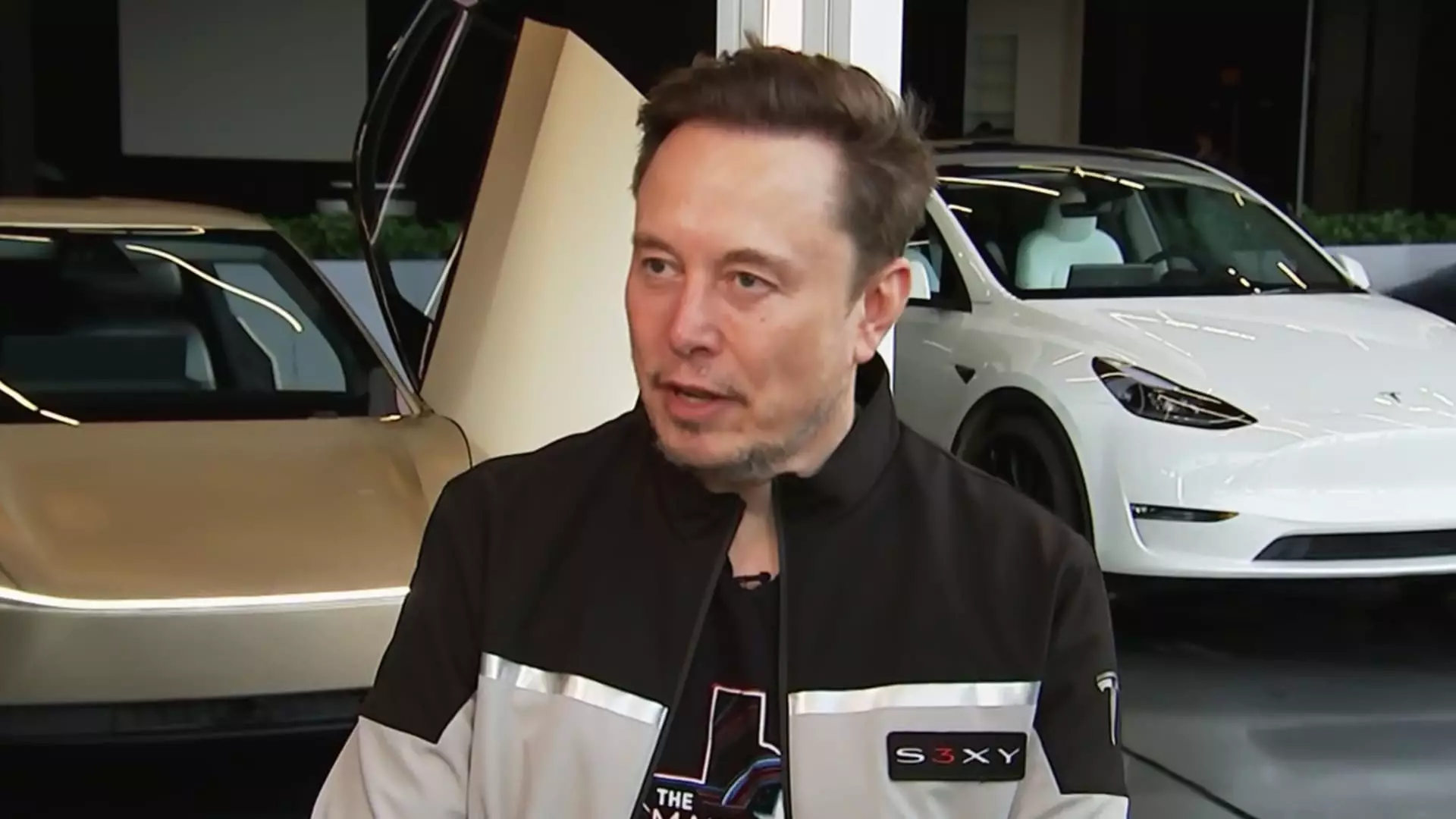Elon Musk, the audacious CEO of Tesla, continues to champion innovative transportation solutions that challenge conventional automotive paradigms. Recently, Musk announced a significant milestone: the launch of Tesla’s robotaxi service in Austin, Texas, projected by the end of June. This ambitious endeavor signifies Musk’s long-standing commitment to revolutionizing the way we perceive and experience transportation. For years, Musk has tantalized investors and consumers with promises of fully autonomous vehicles, hinting at a future where passengers will embark on journeys without human drivers. The successful rollout of robotaxis in Austin could be a crucial leap toward realizing this futuristic vision.
A Controlled Rollout Strategy
In an exclusive interview, Musk elaborated on Tesla’s methodical approach to launching its robotaxi service: starting small, with approximately ten Model Y vehicles. This cautious strategy is designed to ensure that Tesla can validate the technology’s safety and efficacy before scaling up. Musk’s insistence on beginning with a limited fleet reflects a prudent risk management perspective, emphasizing confidence in the technology’s capabilities before unleashing a full-scale operation. Unlike existing competitors like Alphabet’s Waymo, which has substantially integrated robotics into its driverless services, Musk aims to utilize a more generalized artificial intelligence approach centered around cameras and computer vision.
To streamline operations and monitor safety, Tesla plans to implement geofencing in Austin, restricting the robotaxis to specific areas initially. This approach not only mitigates risks in unfamiliar environments but also allows the company to gather valuable data on the vehicles’ performance in a controlled setting. While Tesla will forgo human safety drivers, Musk assured that the fleet will be closely monitored by Tesla employees through remote systems, a cautious but essential step in ensuring reliability as the brand navigates the challenging landscape of autonomous transport.
Challenging Existing Paradigms with Innovation
What sets Tesla apart in the race for autonomous vehicles is its philosophy regarding technology utilization. Musk argues against the widespread reliance on expensive sensors like lidar, opting instead for a more cost-effective camera-based system. By simplifying the hardware requirements, Tesla aims to scale up production and deploy its robotaxi fleet swiftly. Musk’s belief in artificial intelligence and sophisticated software over traditional sensor-heavy systems reflects a fundamental challenge to established practices in the automotive industry. It also indicates a shift toward a new era in which software development might play a more critical role than hardware design.
This bold approach raises questions: could this change signify a paradigm shift in the industry? If successful, Tesla’s model might dictate the technology landscape for autonomous vehicles and influence other manufacturers to rethink their reliance on costly sensor systems. However, this ambitious outlook hinges on achieving operational safety and performance against the ongoing narrative of public skepticism surrounding self-driving technologies.
Implications on Market Dynamics
Naturally, Musk’s foray into robotaxis comes amid turbulent market dynamics. Tesla has recently reported a notable decline in EV sales, with revenue dipping significantly in the first quarter of 2025. Many analysts attribute this downturn to the company’s need for factory retooling to accommodate refreshed models, particularly the Model Y. During this critical period, Musk remains assertive, professing that demand has begun rebounding and aligning with Tesla’s strategic vision. However, a lingering uncertainty persists about how political affiliations and perspectives impact public perception and, ultimately, sales trajectories.
Musk’s controversial political engagements add another layer of complexity to the Tesla narrative. His substantial financial contributions to political campaigns and close ties to prominent figures have sparked wider public discourse on the intersection of business and politics. These dynamics could influence consumer decisions, especially as public attitudes increasingly scrutinize a company’s leadership. Nevertheless, Musk’s declaration regarding his commitment to leading Tesla for the next five years reinforces his steadfast dedication to guiding the company through these multifaceted challenges.
The success of Tesla’s robotaxi service could redefine not only transportation but the broader automotive landscape, reinforcing Musk’s status as a pioneer ready to blaze new trails in technology that could transform mobility.


Leave a Reply